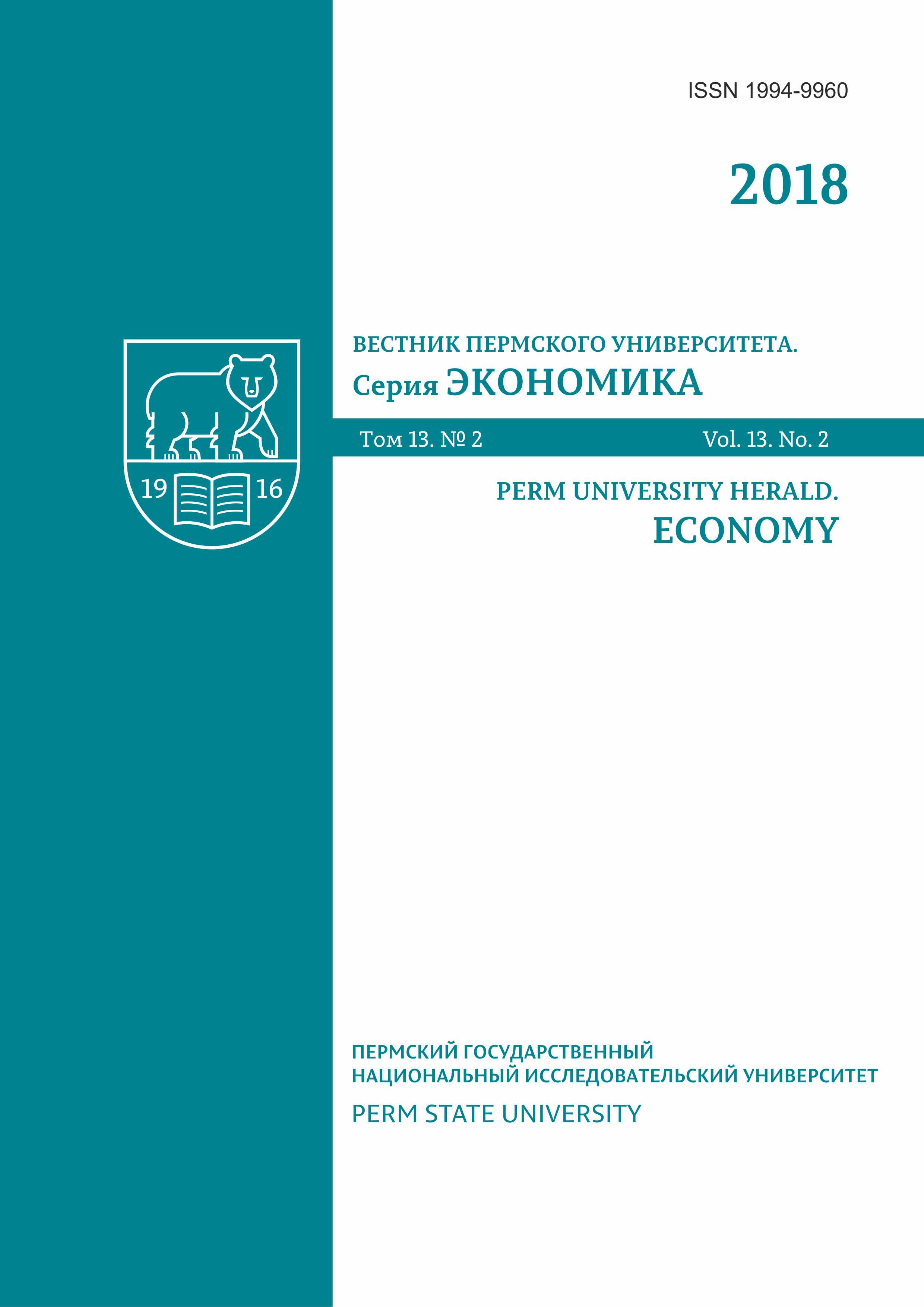Vol. 13 No. 2 (2018)

The present issue of the journal is devoted to the concept of a region as an open economic system. The concept has been developed on the basis of synthesis of institutional economic theory tools, political economy and reproductive approach. This attitude to the region study considers a multilevel character of an economic system and demonstrates the interconnection between economy and sociology.
A model that describes the impact of shadow, informal and household sectors producing goods for domestic production on the dynamics of a stochastic model with heterogeneous agents is considered in the section “Economic-mathematical modelling”. The model describes empirical date of Russian economy more sufficiently.
The section “Regional economy” of the current issue is devoted to the aspects of recovery and development of rural economy and rural territories in general. A price mechanism of intracluster relationships of economic entities has been developed by the authors. The aim of the mechanism is to increase the economic entity motives in production activity. The development trends of private households as a small-scale business of economy have been revealed.
The next section of the journal describes macroeconomic approaches and an indicative system of indices to assess the efficiency of transport and logistic complex operation in the country and its macro-regions. The expediency of strategic planning to provide efficient operation of textile and garment manufacturers has been demonstrated especially in the instability conditions. The opportunity to impact the enterprise operation efficiency by means of the employer brand improvement using personnel satisfaction rate has also been proved in the section.
The final section of the journal describes the method developed to assess tax burden in a group of companies. Methodology for the assessment of economic security of organisations participating in foreign economic activity as a complex characteristic to protect their financial and economic activity from external and internal threats has also been suggested there. Retrospective analysis of the main sources and methods of data collection concerning educational migration in Russian and abroad has also been described in the final section of the journal.









